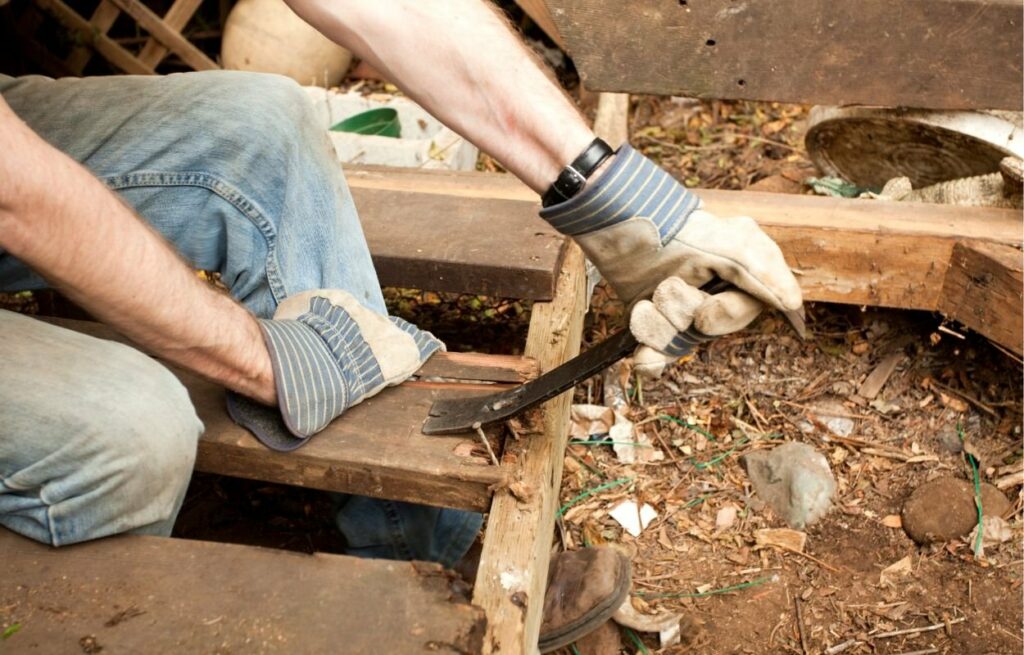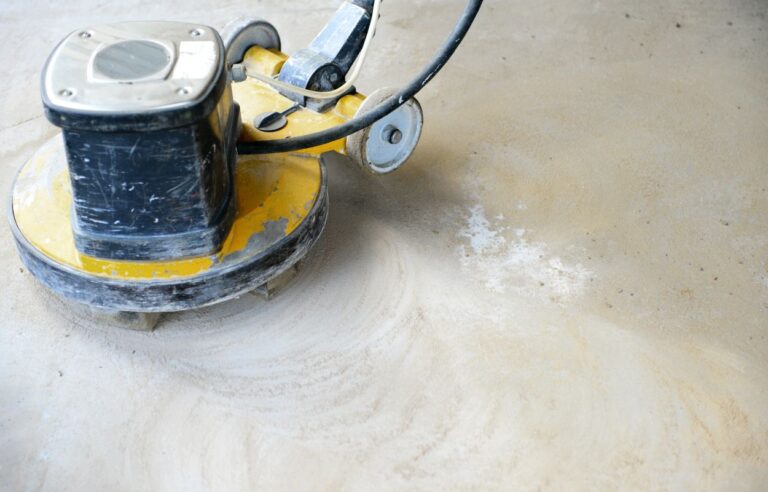
When it’s time to remove an old building or make space for something new, you’ve got two main options: demolition or deconstruction. Most people know about demolition and everything that comes with the process. But there’s an alternative that’s been gaining popularity, especially in places that value sustainability, like Victoria: deconstruction.
If you’re wondering about the difference or trying to decide which is right for your project, let’s break down why deconstruction often stands out as the smarter, more sustainable choice. We’ll cover what sets deconstruction apart from demolition, what to consider for each option, and why deconstruction in Victoria might just be the better fit for your next project.
WHAT IS DECONSTRUCTION, AND HOW IS IT DIFFERENT FROM DEMOLITION?
To put it simply, demolition involves tearing down a building quickly. The goal is usually to clear the land as fast as possible, which is why demolition crews often bring in heavy machinery to take down structures all at once. Think of it like ripping off a band-aid: it’s quick, but not always the most thoughtful approach.
Deconstruction, on the other hand, is a more methodical, step-by-step process. Instead of bulldozing through walls, a deconstruction team carefully dismantles the building. They take each part down in an organized way, salvaging as many materials as possible. Items like windows, doors, wood beams, metal, and even certain appliances can all be removed and repurposed. The goal of deconstruction isn’t just to clear space—it’s to preserve valuable resources and reduce waste.
Why Choose Deconstruction?
If demolition seems faster, you might wonder why anyone would choose the slower, labor-intensive approach of deconstruction. Here’s why more people are opting for it, especially when considering sustainability and community impact.
Deconstruction Saves Resources
Deconstruction focuses on reusing materials. In a demolition, all those useful materials often end up in a landfill, which contributes to waste and pollution. But deconstruction lets you rescue materials that still have a lot of life left in them. Lumber, bricks, fixtures—these can all be given a new purpose, either in your project or in someone else’s. And since these materials are often high-quality and hard to find, repurposing them is a win-win for everyone involved.
Deconstruction Is Environmentally Friendly
For people who care about the environment, deconstruction makes a big difference. Building materials, especially older ones, take a lot of energy and resources to create. When you throw these materials away, you’re essentially wasting all that energy. By reusing them, you’re helping to conserve resources and reduce the overall demand for new materials.
In a place like Victoria, where people place high value on sustainability, choosing deconstruction can align with the community’s environmental goals. Not only do you reduce the need for landfill space, but you also help decrease pollution associated with manufacturing new building materials.
Deconstruction Supports the Local Economy
When you opt for deconstruction, you’re not just making a sustainable choice; you’re also supporting local businesses and workers. Deconstruction typically requires more hands-on work compared to demolition. This means more skilled labor is needed, creating jobs in the community. And because many salvaged materials stay in the local market, you’re also helping to keep resources in the area.
So, if you’re planning a project and thinking about deconstruction in Victoria, remember that it’s not just an environmentally friendly choice; it’s also a way to support your community and local economy.
Deconstruction Can Save You Money in the Long Run
At first glance, deconstruction can look more expensive than demolition. After all, it takes more time and labor. But here’s the thing: deconstruction can actually save you money, especially if you’re able to sell or reuse salvaged materials. Those materials can offset some of your project costs, which is something you don’t get with traditional demolition.
Additionally, some local governments and organizations offer tax incentives for deconstruction. For example, when you donate salvaged materials to certain nonprofits, you might qualify for tax deductions. So, while deconstruction may involve a higher upfront investment, the savings and potential incentives make it a financially smart option for many people.
HOW DOES THE DECONSTRUCTION PROCESS WORK?
Curious about what happens during deconstruction? Here’s a quick look at the process so you know what to expect if you decide to go down this route.
Assessment and Planning
Every deconstruction starts with a careful assessment. The team will evaluate the structure, noting which materials can be salvaged and which will need to be disposed of. This initial step is essential because it sets the plan for the rest of the project. During this assessment, they’ll often make a checklist of items that can be salvaged, like beams, metal fixtures, or reclaimed wood.
Systematic Dismantling
Once the plan is in place, the team begins dismantling the building from top to bottom. They work methodically, taking down each piece in a way that preserves its integrity. Unlike demolition, which usually prioritizes speed, deconstruction is all about precision. Each material is removed in a way that keeps it intact, allowing it to be reused later.
Salvaging and Sorting
After each piece is removed, it’s sorted into categories—some for donation, some for resale, and some for recycling. The sorting step is one of the big things that sets deconstruction apart. Every piece has a designated purpose, and the team works to ensure as little waste as possible.
Final Clean-Up
The last step in deconstruction is cleaning up the site. This step is where deconstruction shines, as it typically leaves a cleaner footprint compared to demolition. Because so many materials were salvaged instead of trashed, there’s less debris left over, meaning less waste goes to the landfill.
WHEN DOES DEMOLITION MAKE MORE SENSE?
Although deconstruction has many benefits, there are times when demolition might be a better option. If a building is in very poor condition or contains hazardous materials that make careful dismantling difficult or dangerous, demolition may be necessary. In those cases, the safety of the team and surrounding area is the top priority.
Additionally, demolition can be a better choice if you’re working with a tight deadline. Since deconstruction takes longer, demolition might make more sense if you’re pressed for time and don’t have the flexibility to accommodate a more gradual process.
WHAT TO CONSIDER BEFORE CHOOSING DECONSTRUCTION
If you’re thinking about deconstruction in Victoria, there are a few things to keep in mind. First, take stock of your project timeline. Because deconstruction is more time-intensive, make sure you have enough flexibility to accommodate it. Second, check with your contractor about the estimated costs and any available tax incentives. This way, you’ll get a clearer picture of the financial impact.
Lastly, consider the materials within your building. If there are a lot of high-quality or unique items that could be reused, deconstruction could be worth the extra time and effort. From vintage woodwork to custom fixtures, these pieces can bring a lot of value to your project—or someone else’s.
WHY DECONSTRUCTION MIGHT BE RIGHT FOR YOU
When it comes to removing a building or preparing a site, both deconstruction and demolition have their place. But if you’re in a community that values sustainability, like Victoria, and you’re interested in making an eco-friendly choice, deconstruction is a fantastic option.
Not only does deconstruction help reduce waste, but it also preserves valuable materials, supports the local economy, and even offers potential cost savings. So next time you’re faced with a choice between demolition and deconstruction, remember the impact each option has. Deconstruction might take a little longer, but the benefits it offers make it well worth the time.




